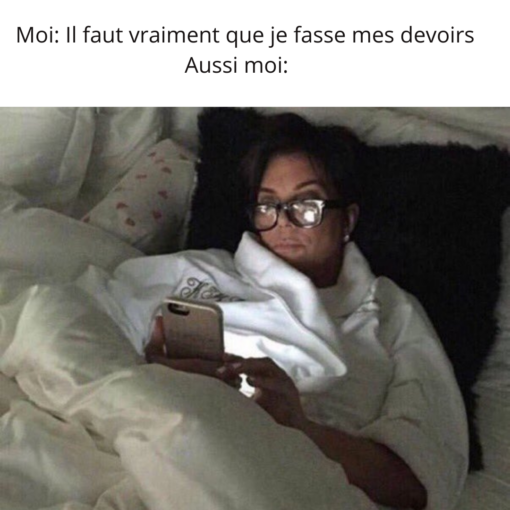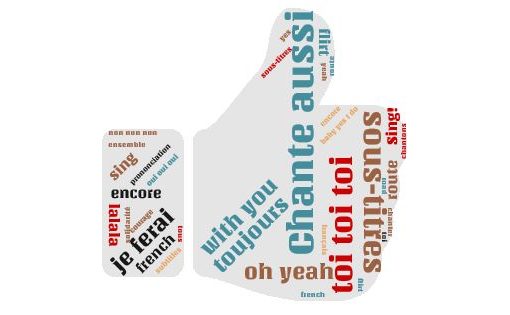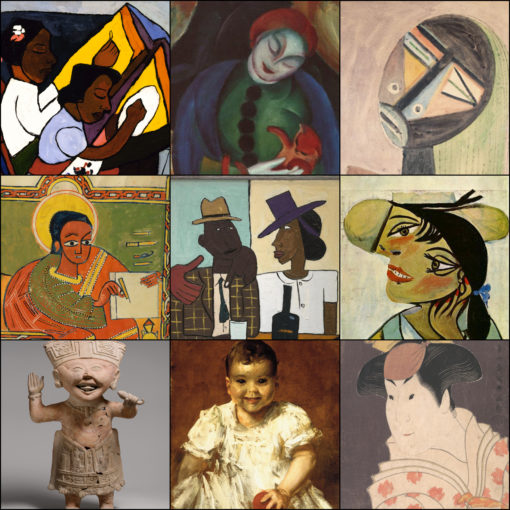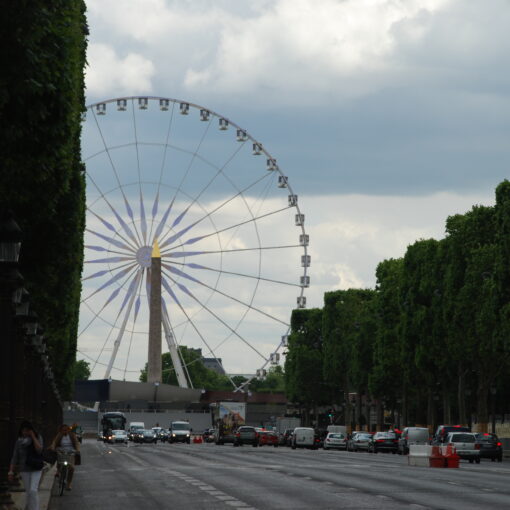
This post outlines the teaching resources offered by three NYC museums as a way to start filling your “toolbox” with visual-based activities. Many museums have developed valuable resources for educators interested in implementing activities based on artworks. With a bit of adjustment to your own teaching and learning environment, these may be fruitfully implemented in many language classrooms.
An encyclopedic resource: The Metropolitan Museum
The Metropolitan Museum has 406,000 images of public-domain works available under Creative Commons Zero (CC0). Everyone is free to use, share and remix these open access images without restriction, which represents a major opportunity for all language educators. I have drawn on their collection to design different in-class interactive activities, including “Practicing names or countries and ordinal numbers with Artworks,” “A closer look at “beautiful” artworks,” “Describing portraits,” and “Storytelling with portraits.”
Besides, the Metropolitan Museum provides an extensive series of lesson plans exploring a wide array of time periods and areas. These are very practical, as they clearly indicate the material and time needed for each activity. These indications are useful, even if most instructors will have to make adjustments to make them work in a language class. While art-based activities tend to build on portrait or human figures, some of the Metropolitan Museum’s activities interestingly engage with ways of seeing and with landscapes as social and historical construction. For instance, the lesson plan “Composing a Landscape” invites students to consider first a landscape, before having them make their own landscape by taking a picture, posting it online, and reflecting upon the choices of scale and perspective they made. With a bit of adjustment, such activity would be productive for intermediate or advanced-level students in a language class.
Moreover, the Metropolitan Museum provides interesting lesson plans building on its extensive collection of Islamic Art. For instance, the lesson plan “The Mughal Court and the Art of Observation” effectively historicize how artworks communicate ideas on the natural world. The lesson plan “Arabic Script and the Art of Calligraphy” invites the classroom to explore the different functions of calligraphic scripts. With “Science and the Art of the Islamic World,” students are tasked to identify the similarities and differences between scientific tools such as the astrolabe, the sundial, the compass, the water clock, or the telescope.
The Whitney Museum: Experiential learning for beginner and intermediate-level students
The Whitney Museum provides an extensive teaching resource that will be valuable in many language courses. Their activities are experiential (oriented on what students do and how students engage with the material). As such, many are a good fit for a beginner or an intermediate level of proficiency in a language class context. Most of their activities are carefully scaffolded and interactive. Students are often tasked to describe and comment on artworks, before performing or crafting their own (taking a photo, drawing, comparing artworks they chose or pieces they crafted, etc). Towards the end, there is usually a moment of discussion and reflection that touches upon wider issues. For instance, the “Know your neighbor” activity would be highly relevant in a language classroom because it articulates in an original way of close looking with a conversation that relates to students’ everyday life. The Whitney Museum also proposes different activities that explore the possibilities of self-portraits, multiple self-portraits, and group portraits. More resources from the Whitney Museum here.
The Brooklyn Museum: Content-based approach to Arts & Bilingual resource (English – Spanish)
The resources provided by the Brooklyn Museum are somehow more content-oriented than what the Whitney Museum offers. In a language class context, these activities will be useful for considering in depth a specific artist, artwork, genre or historical period, most likely in advanced-level and elective courses. For Spanish instructors, the bilingual resources on artworks from the pre-colonial and colonial period may be the most valuable. See for instance the activities on Life-Death Figure from an Huastec artist or on the casta painting “From Spanish and Indian, Mestizo.” More resources from the Brooklyn Museum here.
Museum Pedagogy in CUNY Classroom
In addition, you might want to check the resource that a group of CUNY doctoral candidates (most of them with experience both as museum and college educators) has developed. Their website, “Museum Pedagogy in the Classroom,” provides useful ways of drawing on museum pedagogy‘s good practices in a higher-ed context. More info here.
By Angélique Aristondo.






